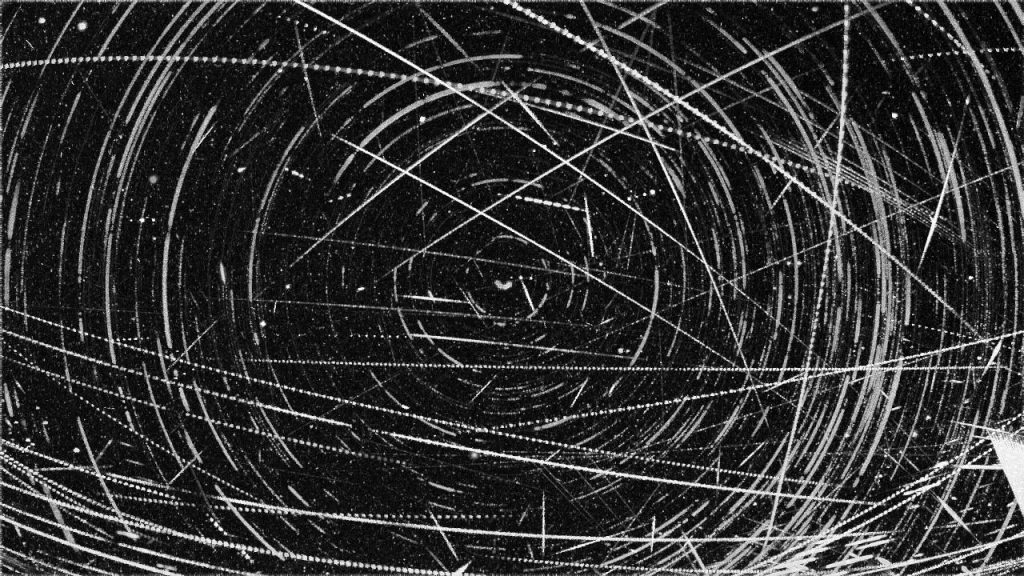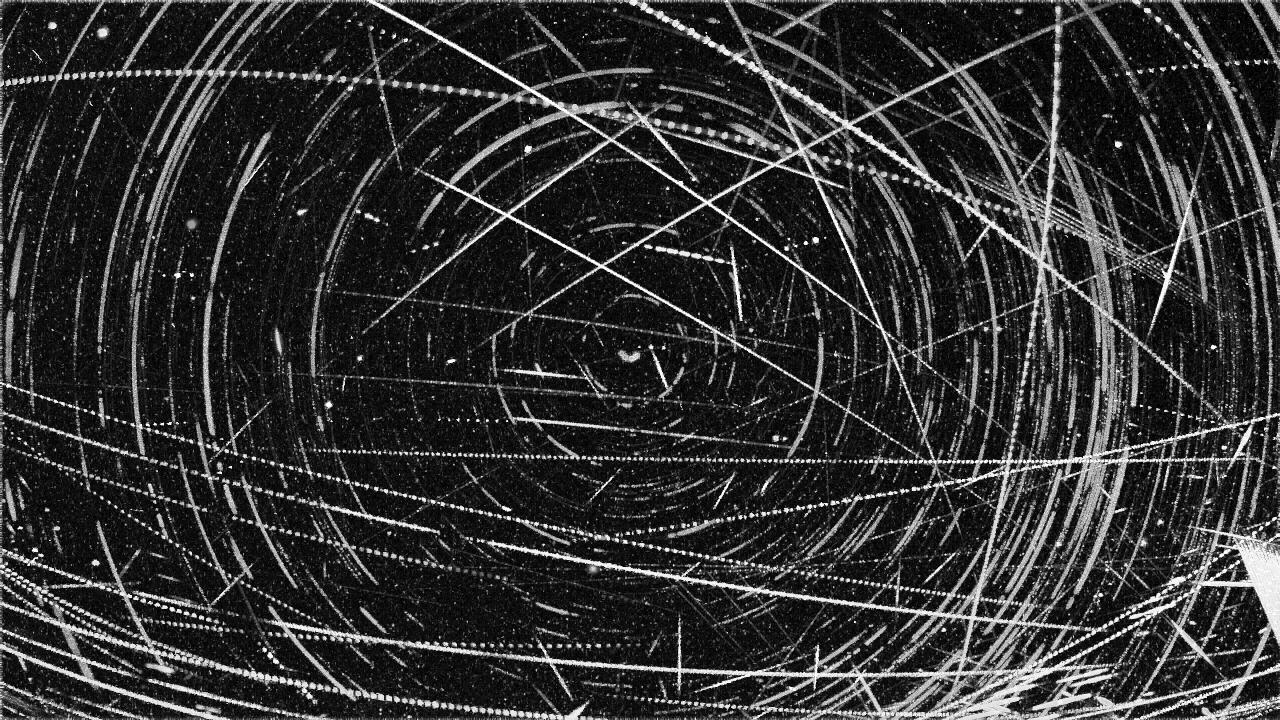
In today’s Astro Academy segment, we will be discussing Starlink satellites with my friend, sometimes collaborator, Dark Sky Advocate, Network Engineer, and Astro-photographer, Mike Lewinski. Mike a member of Crestone Colorado’s Dark Sky Committee, and has been a presenter at Crestone’s Dark Sky Festival, and he is a night sky photographer and Time-lapse creator whose work has been featured in magazines and as the American Meteor Society’s Photo of the month. You can visit his website at wildernessvagabonds.com.
Welcome Mike.
• When did you start doing night sky photography and time-lapses?
I made my first timelapse over 26 years ago, on January 15, 1999! I didn’t get into night sky photography until April 13, 2012 mainly due to limitations of technology and budget. My first timelapses were 320×240 resolution, made with a basic webcam. A couple years later I upgraded to 640×480 and got serious making them daily.
• For someone unfamiliar, can you describe what the night sky looked like before the recent surge in satellite constellations like Starlink? What are the most noticeable changes now?
A decade ago satellites were rare. I remember going camping in the southern Utah desert with a friend who would bring along a schedule and try to see certain notable satellites. The iridium satellites were notable for the flares they would produce, but even these were quite rare. You might only see a couple satellites during a night of observing. My camera would pick up more, but it was still rare. Now we see two things: the starlink “trains” that are recently launched, traveling in a line, and on the horizon nearest the sun we see criss-cross patterns that appear almost continuously.
• What was your initial reaction to first seeing them?
I thought they were pretty cool at first, especially the starlink trains. They are still an impressive sight. We had a star party here in Crestone on March 1 and saw a starlink train shortly after dark.
• Can you describe the practical challenges you’ve faced in capturing images of the night sky since the deployment of large satellite constellations like Starlink? How has your workflow changed?
Unfortunately I mostly just live with it. It would take too long to manually edit the satellites out of my timelapses. Maybe someday there will be an AI tool to do it for me. Until then I just have to live with degraded images. Occasionally I will edit a single shot to remove satellites, but to do so for thousands of photos every night isn’t practical.
• What kind of artifacts or disruptions do Starlink satellites typically create in long-exposure astrophotography images? How difficult are these to remove during processing?
The trails that the satellites create are very noticeable and they make the night sky appear very unnatural. I would estimate it takes a couple minutes to remove all the brightest satellite trails from an image. I am easily capturing 5000 night sky images during this time of year. At two minutes per image, manually removing all the satellites would take about a week of non-stop editing. Since I produce daily timelapses, and also have to sleep and work, it’s just not practical.
• Beyond just visual obstruction, what are the different ways that these satellites are impacting our ability to study the cosmos?
The radio noise can interfere with radio astronomy. And certainly it makes it difficult to do image stacking for improved deep sky photography. It definitely makes it harder to visually identify meteors of interest. I thought this quote from a CBC article last fall, by Meredith Rawls, a research scientist in the University of Washington’s department of astronomy, put it very well: “[It’s like] trying to look through like a dirty windshield to do your science, and there’s just all this stuff everywhere,”
• We often hear about “light pollution” from terrestrial sources. How is the light pollution from satellites different, and are the solutions the same?
Light pollution from satellites is a different class. Terrestrial light pollution can make fainter objects completely disappear. We’re not at that point with satellites. The solutions are very different. You and I can minimize our contribution to terrestrial light pollution but we don’t have any direct control over satellite light pollution.
• What is the current scientific consensus on the long-term effects of these satellite constellations on ground-based astronomy if the number of satellites continues to increase as planned?
The consensus I hear is “it’s bad”. And we know it is being taken seriously. The International Astronomical Union has created a Centre for the Protection of the Dark and Quiet Sky from Satellite Constellation Interference. Here “quiet” is a reference to radio noise.
• SpaceX has implemented some measures to reduce the brightness of their satellites, like “DarkSat” and sun visors. How effective have these measures been in your opinion and from the perspective of the Dark Skies movement?
That’s a good question. So far there seems to be very little improvement, visually speaking, but it’s hard to know how much avoided light pollution from an individually satellite there is. Collectively the numbers just keep going up so overall it is getting worse.
• What do you know about radio frequency interference from Starlink satellites on radio astronomy? Are there protected frequency bands, and are they being affected?
The CBC article I quoted earlier mentions that the National Science Foundation and the National Radio Astronomy Observatory had reached an agreement with SpaceX to redirect satellite beams away from radio telescopes, but on the same day a paper was published that shows that “Starlink satellites are unintentionally leaking electromagnetic radiation in low frequencies.” So the dirty windshield analogy applies to radio frequencies too.
• The drive for global internet connectivity is understandable. Do you believe there is a way to balance this goal with the need to protect our night skies for scientific and cultural reasons?
I’d preferred to see a combination of terrestrial wireless and geostationary satellites. Do we really need 4K video while camping in the badlands? I’m not saying there should be no connectivity in remote places, but actual utilization is going to be very low.
• What is your perspective on the long-term sustainability of such large constellations in terms of orbital debris and the potential for collisions?
I don’t think it’s sustainable, and there’s a real chance that the Kessler Effect kicks in, where satellites start impacting debris from other satellites and creating a cascade effect, and then we’re earthbound for generations. Wouldn’t it be ironic if a project intended to fund Mars colonization ultimately blocks access off the earth?
• What role do you see organizations like the International Dark-Sky Association (IDA) playing in addressing the challenges posed by satellite constellations?
I think IDA should remain focused on terrestrial light pollution for now. That problem is not diminishing either.
• What can individuals do to support the preservation of dark skies in light of these challenges?
Let’s improve the lighting around our homes and work with local governments to advance dark sky ordinances. As individuals we may not be able to stop satellite constellations, but we can still reduce terrestrial light pollution.

